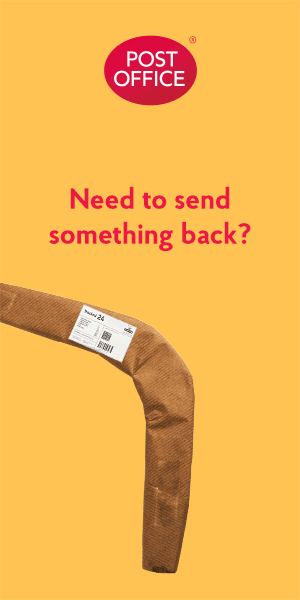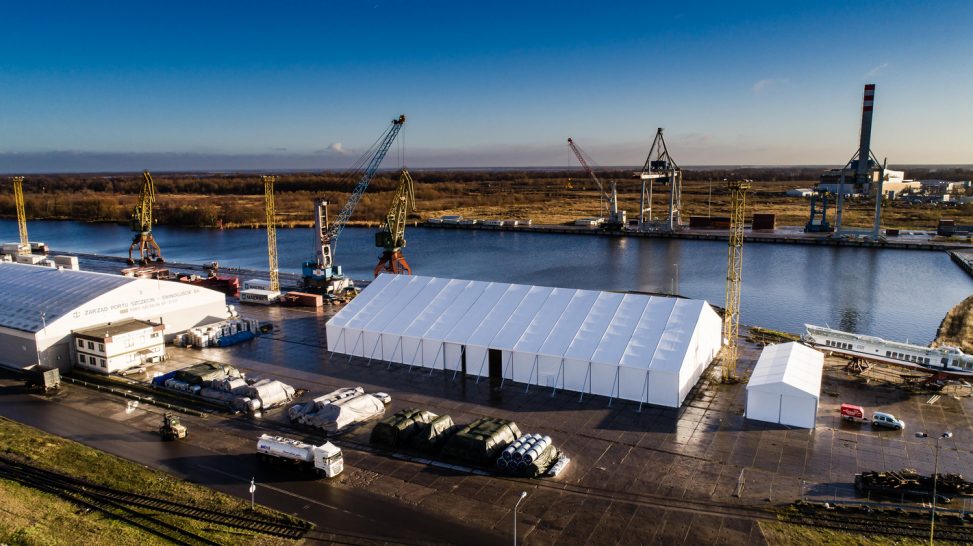Those unfamiliar with temporary buildings, usually associate them with makeshift structures made of steel tubing covered with tarpaulin, which can be inexpensively bought online, and used, for example, as temporary garages or workshops. In fact, many businesses use the steel buildings Maryland have on offer to create some sort of workspace.
But if you look at the impressive warehouses with inflated roofs spanning up to 50 metres, 15 metres high, and as long as several football pitches, it can come as a be a surprise that these structures are also kinds of tents. A lot of warehouses these days are constructed using steel building kits, available in a number of different designs. These have gained popularity due to their sturdiness and mobility as well.
This impression is even more striking if you realise that such halls, with areas of several thousand square metres, can be assembled in just a few days! Such hall-construction technology, based on light and durable aluminium extrusions, opens up unique possibilities.
Temporary structures can precisely satisfy the needs of both small and large companies as viable alternatives to renting or building traditional halls.
A common feature of these solutions is a roof made of PVC fabric, because of which the law classifies these facilities as temporary buildings. Therefore, there is no need to apply for a building permit, and immediately start going through lengthy legal procedures, and, importantly, they do not require concrete foundations. The hall can be quickly assembled on a level surface of such materials as paving stones or asphalt. However, for the roofing material, those working on the warehouse construction may find themselves in need of corrugated roof sheets; whether a permanent or temporary structure, it is important to ensure that the roofing is protective and strong.
If multiple goods are stored, there is no need to worry about thermal insulation. The PVC material is sufficient for roof and wall coverings. Halls of this type provide good protection against wind, rain, and snow, while still being easy on the wallet!
A construction project by a Polish hall manufacturer called Pol-Plan is a perfect example of this.
The impressive tent, with dimensions of 40x70x6m, and with PVC sheathing, serves as an aluminium-ore trans-shipment warehouse in the port of Szczecin. Because of its design, the tent has been withstanding difficult conditions, such as spring and autumn storms, for many years. The sheathing, made entirely of PVC, is suitable for industrial tents intended to protect painting work, such as in a shipyard and various other construction works.
A hall with trapezoidal sheet-metal walls is a slightly more-expensive investment, but it provides better protection from the environment, and can be a basis for heating-and-ventilation installations.
It is still a moveable construction which can be quickly assembled and dismantled.
The most-reliable version of the hall has sandwich-panel walls with thermal insulation foam and can have an inflated roof. Such halls are designed for a minimum lifetime of 10 years and are adapted to the local wind conditions and snow loads. In practice, they can be in service much longer.
Comparisons of investment-cost estimates show that savings made by investing in a temporary warehouse can reach up to 60-80% of the price of a traditional building with the same cubic capacity.


